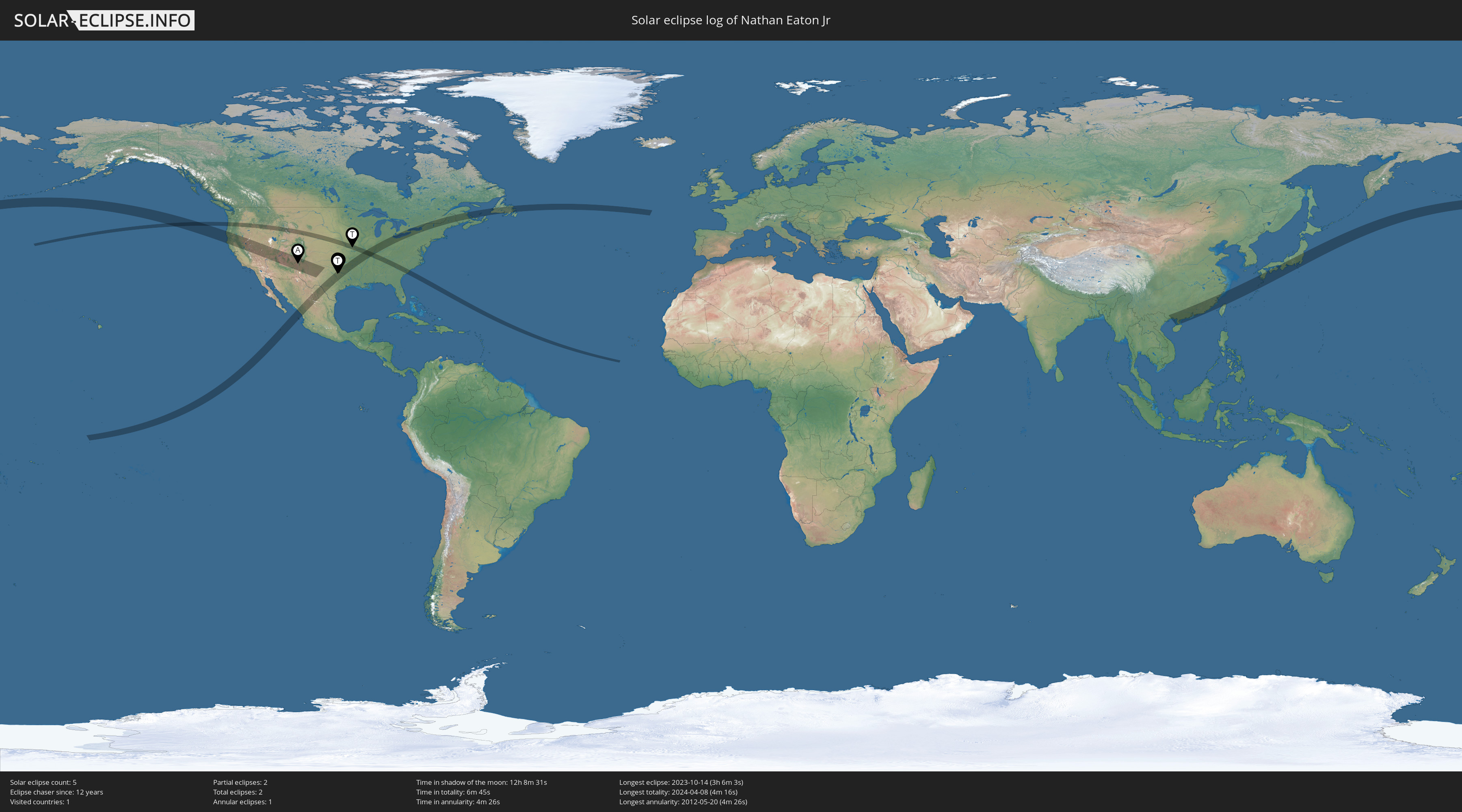 |
| My with sister Donna when I was about 4. |
With that little tidbit, you can probably understand how thrilled I was to discover a product called the Solarcan, a unique camera created to take a solargraph, a long-duration image of the sun's path across the sky, captured by a simple pinhole camera. The unique thing about the Solarcan design is that there is no negative... the image is captured directly on light-sensitive paper and to "develop" it you just take the paper out of the can and scan it into your computer.
 |
| Example of a solargraph by Chuck Miller (flickr) |
Given that the Solarcan design is just an aluminum can with a pinhole in it and a piece of photographic paper tucked inside, you might wonder why not just make one on my own. Sure, I could have followed directions readily available online such as these on Instructables. That would have been fine if my goal was to experiment for a few months to work out the right configuration of materials, get the pinhole just right, etc. But I had more immediate plans: I wanted to share this with my grandkids for Christmas.
So I ordered a 5-pack from Solarcan in early December. They arrived a week ahead of Christmas, perfect timing to shoot one for a week (as it happens, spanning the winter solstice) with the other four wrapped as gifts for four of my five grandkids. The fifth, Owen, is just over a year so not old enough yet for a "Papa project" like this.
 |
| Eaton Solarcan #1 |
Although the ideal timeline for a solargraph is to leave it up for about 6 months, from solstice to solstice, so that the sun traces lines across the image from its lowest path in the winter through its highest path in the summer, I figured that at least capturing a week would provide enough suntracks to illustrate what a solargraph could look like.
On Christmas Day, with all our kids and grandkids over for Christmas dinner, I took Kaili, Jack, Olivia and Harper out back to show them the Solarcan I had installed the prior weekend, oriented towards the south with a view of our back yard. My plan had been to have them help remove the paper from the can, scan it and play around with the results in Photoshop to clean it up. Unfortunately, our can opener wouldn't work with the "beer can" style rim on the Solarcan. However, the following week I got a can opener that worked, "developed" the image and here is the result.
Not bad for a first pass. I was pleasantly surprised at the amount of foreground detail captured and although the sun tracks from day to day kind of run together, it's definitely wide enough to tell this was shot over more than just a single day.
That said, there were plenty of lessons learned including:
- I was a little off in aiming the pinhole so the arc of the tracks the sun traced across the image are shifted to the left.
- There is a shadow on the lower left that is from the tab that holds the paper in the can. Next time, doing a better job aiming towards the point of the mid-day sun, we should have the arc of the sun centered and can crop out the retainer tab shadows.
- I think when I finally opened the top of the can, the room might have been a bit too bright which may account for the streak from the left side up towards the top. Something else to be more careful about.






















 The journey continues beyond 2009... check it out!
The journey continues beyond 2009... check it out!
